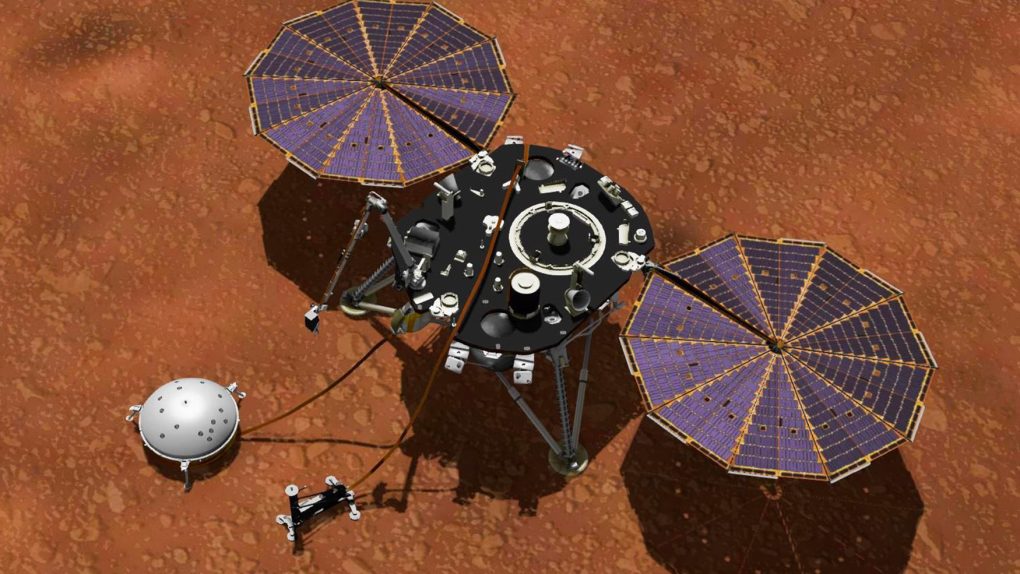NASA’s InSight lander has been chilling out on Mars for many months now. NASA has had an incredible string of luck with its Mars missions and unfortunately, it’s looking increasingly like InSight will prove to be one of the more troublesome missions that the space agency has ever launched to the Red Planet. You’d think a lander mission would be a great deal easier to pull off than a rover adventure, but InSight has proven us all wrong on that front.
It’s not that InSight has been an overall failure, but the mission has seen more than its share of challenges. The shortcomings of the self-hammering “mole” tool that was supposed to bury itself in the Martian surface but has now been given up on were a real shame, and now NASA is trying to work out how it can more accurately detect quakes on Mars in the midst of shifting weather. In a new post by NASA’s Jet Propulsion Laboratory, the InSight team reveals what it’s doing to calm things down… and it’s hilarious.
InSight has many instruments at its disposal — one less now that the mole is officially dead and buried — but one of its most important is a large seismometer with a dome-shaped shell. It’s that seismic sensor that should be listening closely for quakes rolling through the crust of the planet, but scientists quickly realized that the domed shell wasn’t enough to prevent the wind from registering false sensor readings.
Unfortunately, there’s not much that can be done about the wind now that the spacecraft has landed, but one of the other issues with the readings is that the long cable that connects the seismic sensor to the lander itself appears to be making noise. It’s believed that the extreme temperature swings on the surface — from almost -150 degrees Fahrenheit at night to 32 degrees Fahrenheit during the day — are causing the material in the cables to expand and contract. When this happens, the cables “pop” in the same way that a piece of metal on Earth does when it experiences dramatic temperature changes.
You can’t exactly run a maintenance mission to Mars to swap out the cable with something else, so the InSight team has to improvise. It’s doing so by using the lander’s robotic arm and scooper attachment to collect Mars soil and then drop it on the cable. It’s kind of like using a construction toy to scoop sand up when you were a kid, only this is an $800+ million NASA mission and the beach is on another planet.
The hope is that by covering the cable with soil, the cable won’t be as vulnerable to temperature changes. If the cable can warm and cool at a slower rate, it may help prevent the popping behavior and reduce the noise in the readings. Let’s hope it works!








